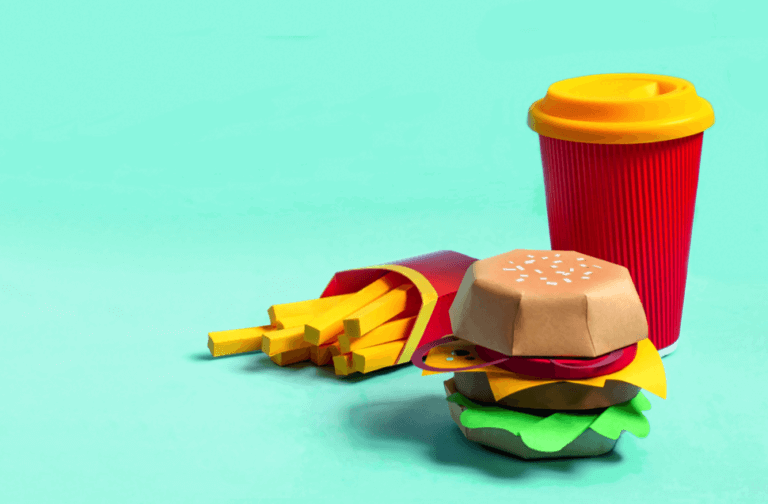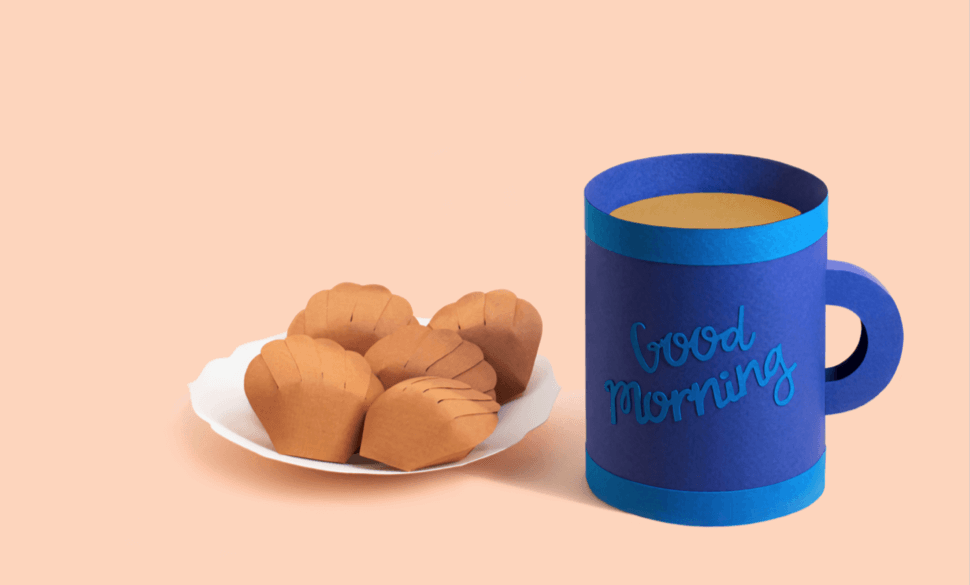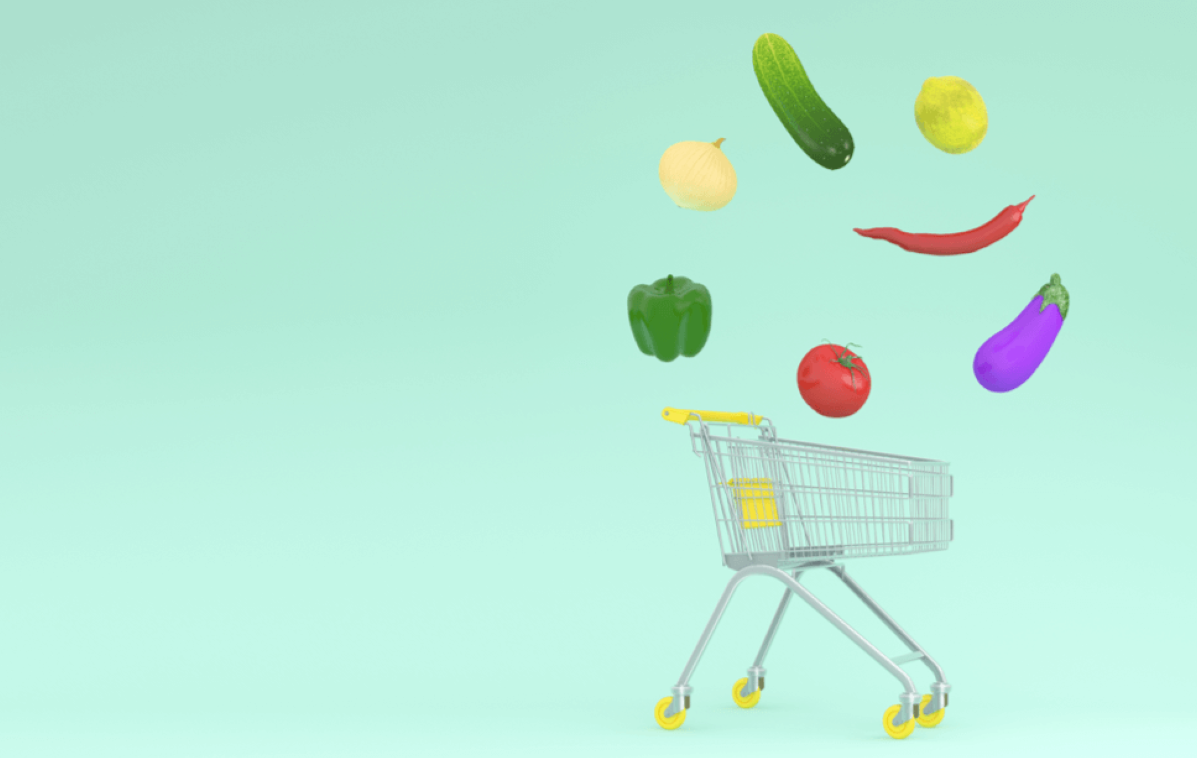In this Placer Bytes we dove into the Q4 data surrounding the Yum! Brands’s portfolio, Chipotle and how 2021 has kicked off for these QSR leaders. Back when we checked in on Yum! Brands’s most popular chains, Taco Bell, KFC and Pizza Hut, monthly visits were still significantly down for all three brands, with Taco Bell showing the most severe year-over-year declines in traffic.
To be clear, the stock price surges for GameStop and AMC had little, if not nothing, to do with their offline traffic, online traffic, or any other normal metric. However, they do provide a good opportunity to take a deeper look at two brands in flux.
In a year dominated by headlines around the struggles of apparel, the wider athletic apparel and athleisure space outperformed. When analyzing Under Armour, Nike and Lululemon we see all three brands enjoying year-over-year growth in January and February before the pandemic brought visits to a screeching halt. The three also recovered exceptionally well with visits down just 2.1% and 9.7% year over year for Nike and Lululemon respectively in October, while Under Armour saw 8.4% year-over-year growth that same month.
In this Placer Bytes, we dive into Tractor Supply’s success and analyze what’s hurting IKEA. While Home Depot and Lowe’s get the bulk of the attention for the home improvement surge, one brand that has matched their impressive runs is Tractor Supply. The company has seen a huge surge since the onset of the pandemic, and the company seemingly got stronger as the year progressed.
In this Placer Bytes, we dive into the Q4 performances of McDonald’s and Whole Foods and one element that prepared Amazon for a stellar Q4. McDonald’s is among the best-positioned brands in 2021 with a high value offering that should be particularly appealing in a year likely to be defined by continued economic uncertainty. Whole Foods was among the few to face real and tangible struggles.
Looking at visits to Starbucks overall in 2020 saw a tremendous start with visits up 12.3% on average in January and February year over year. And post-shutdown, the brand was recovering strongly before being hit hard by a resurgence of COVID cases during an especially critical time. In 2019, Black Friday and Thursday, December 26th marked the two highest-visit days by far for the brand nationwide, and November and December were the two strongest months for visits overall.
One of the sectors less affected by the pandemic was the wider grocery space; yet even here, there were dramatic changes in shopping behavior. The grocery sector surged in Q1 with a big boost coming from the pre-pandemic supermarket rush. Visits were up 4.6% in the first quarter of 2020, before seeing a 9.8% decline year over year in Q2. Yet, Q3 and Q4 saw essentially flat numbers year over year with visits down 0.6% and 0.9% for the group analyzed.
One of the sectors most heavily impacted by the pandemic was the fitness space. The inability to have large crowds indoors inherently limited the sector’s ability to reach its full offline potential. But Q4 was especially important because it marked the final point for analysis before an absolutely crucial Q1 – annually, the biggest quarter for fitness chains. So, how is the sector trending?
Where other retail segments struggled to come close to their 2019 visit rate, home improvement leaders surged to impressive year-over-year growth. Yet, some brands were able to leverage the powerful surge in customer demand better than others. In our latest Home Improvement 2020 Deep Dive whitepaper, we dove into the major shifts that shaped the industry during the pandemic and investigated which brands succeeded to adapt and profit. Below is a taste of what we found.
Costco began 2020 with significant year-over-year growth in January and February, and a slight increase in March before seeing the effects of COVID take over in April. Yet, by July, visits were back to year-over-year growth even as visit durations increased giving the brand the combined benefits of more visits and more impactful visits, likely indicating larger basket sizes.
With COVID cases resurfacing just in time for the holidays, we took a look at several hotels and airports to see how the pandemic affected the country’s holiday travel plans. While showing signs of a recovery, overall airport traffic was still down significantly during the holiday season – one of the normal peaks for travel.
It was a holiday season those in retail will never forget, however they might try. Just as many retailers were moving ever closer to 2019 visit levels, the COVID pandemic not only made its impact felt, but actually surged just prior to a critical Black Friday weekend.But, what did this mean for the sector as a whole?
Black Friday did not produce surges of their usual magnitude. Super Saturday weekend was strong but the day itself still lower than 2019 levels, and even Turkey Wednesday fell short for many grocers. Yet, like they have proven all year, the grocery sector is uniquely capable of adapting to the current challenges. And once again, even where other days fell short, the sector found another boost.
The restaurant industry has been completely upended by COVID, though with dramatically different effects on sub-sectors. QSR restaurants benefitted from their strength in drive-thru, delivery, and takeaway allowing them to offset losses and even drive strength during the pandemic. And the year to come could be especially well suited for their offerings as economic uncertainty could further boost the appeal of their high-value offering.
In this Placer Bytes, we dive into the Q4 performances of Bed Bath & Beyond and Walgreens to see how they ended their 2020 campaigns.
Last year, we marked Bed Bath & Beyond as one of the brands we expected to emerge as a winner in 2020. And it certainly appeared to be on that path, posting same-store sales gain for the first time since 2016. But what about Q4?
2020 was a uniquely challenging year for the world of offline retail, but it also presented an opportunity to truly appreciate its value. The resilience of consumer demand and the ongoing ability of many brands to continue driving engagement and interest, even amid the pandemic, served as a huge testament to the retail landscape’s strength.
In a year where grocery dominated headlines for all the right reasons, the sector also saw the addition of a new Amazon foray into grocery, Amazon Fresh stores. The focus on a strong, technologically backed shopping experience and value pricing seemed like a winning mix.
Black Friday took an expected fall in 2020, and the loss of Thanksgiving traffic entirely alongside these dips created significant year over year visit declines for that entire weekend. But Super Saturday has a unique ability to give brands a boost, and there are indications that this year’s iteration may have significantly softened the negative blow.
While there are clear benefits to diving deep into the specific performances of key brands, there is also a value in stepping back to look at the retail space from a wider perspective. So, how has the recovery unfolded as 2020 comes to a close? We dug into industry analysis insights to see.
The COVID pandemic had a clear and demonstrable impact on the retail industry. But the biggest, and perhaps, most important challenge is discerning which of these trends are here to stay and which are short term phenomena limited to the realities and context of the pandemic itself. We took a look at several key trends that defined retail in 2020 with a look at which ones will have staying power into 2021.


























